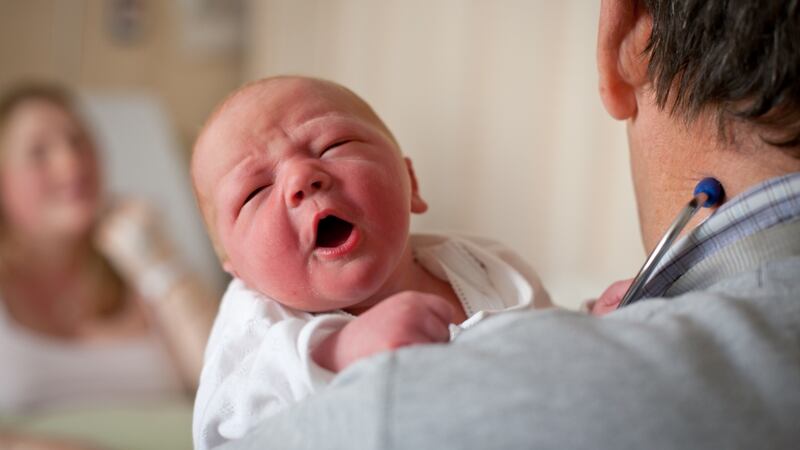My birth story in a sentence: I wasn’t pushed about giving birth. When I was told that I was going to have a caesarean section I was relieved. Too posh to push? Too much of a wuss, more like.
I am not proud of this but it’s the truth: I am glad I didn’t have to push my twin girls out of me. I am delighted they were lifted into the world by a consultant in a hospital. I am grateful for the injection in my spine beforehand which meant I didn’t feel much of anything when it was happening.
In short, I am not the kind of person who wants to have their baby without drugs, in a pool, in their sitting room while listening to dolphin music. I am not and I never will be the kind of woman who would choose a home birth.

So I really don’t know how I’ve ended up knowing so many of those women so well. The kind of women who knew, without doubt, that giving birth at home was the right thing for them. None are lovers of dolphin music, as far as I know, and all are sound of mind and strong of spirit.
Knowing them and their children has made me a fan of other people having home births. It’s made me hope my daughters don’t inherit my wussiness and will instead veer towards the joys of a midwife-led experience should they one day find they are able to have children and choose to have them.
One of these women is my younger sister Katie. In a few weeks, all going to plan, she and her husband will enjoy their second home birth. Siofra was born in their sitting room half an hour after the midwife came and, in minutes, the three of them were snuggled up in bed upstairs staring at each other in awe.
My sister-in-law Rukhsana has had two birthing experiences – one in hospital and one at home. She gave birth to her second child at home, through the Domino scheme, and preferred that to the hospital: “After the intensity of birth, the absolute joy of being in our own home and our own bed alone with our minutes-old baby was beyond words.”
My friend Catherine has had two home births with candles, music and warm water although it’s not as though she was looking for some kind of spa break during labour. “I would have happily gone into a hospital to have each of my sons if I knew that I would have access to a warm deep pool, a calm quiet space and women around me who I trusted and knew. None of those is guaranteed in the overworked consultant-led managed labour environment of an Irish maternity hospital.”
My other friend Susan had her two boys at home. Hospitals made her anxious and that wasn’t how she wanted to feel bringing a child into the world. “For me, it wasn’t a question of home versus hospital, but of safety and comfort. I feared intervention, tears, episiotomies and even the pressure to take pain relief . . . I have had two home births, and suffered from nothing other than elation.”
I'm in awe of all women who have babies but especially those who have them at home despite some people saying having a baby at home is "crazy" or "irresponsible". Knowing these women and their joyful, safe birth stories, has made me curious about the recent investigation launched into one of this country's leading midwives Philomena Canning. A few weeks ago the HSE temporarily suspended her insurance cover while they investigate two home births at which Canning provided midwifery services.
In both cases the women were transferred to hospital after healthy babies were delivered. In neither was a complaint made against Canning: the women are backing the midwife. (It's interesting to note that during the investigation around the death of Savita Halappanavar not one medical practitioner had their indemnity temporarily removed.)
But there must be a good reason for this decision, which has left 25 pregnant women without a midwife. And it must only be a coincidence that just as Canning’s insurance was removed she was awaiting the rubber stamping of two new birth centres in Dublin – the first of their kind in the State – as part of the Home Birth scheme.
In 2011 the Oxford University-led Birthplace Study (British Medical Journal, November 2011) recognised that the best outcomes for mother and baby are in standalone birth centres in the community exactly like the ones Canning wants to open. I'm sure it will all be sorted out in time. I hope so anyway.
roisin@irishtimes.com








